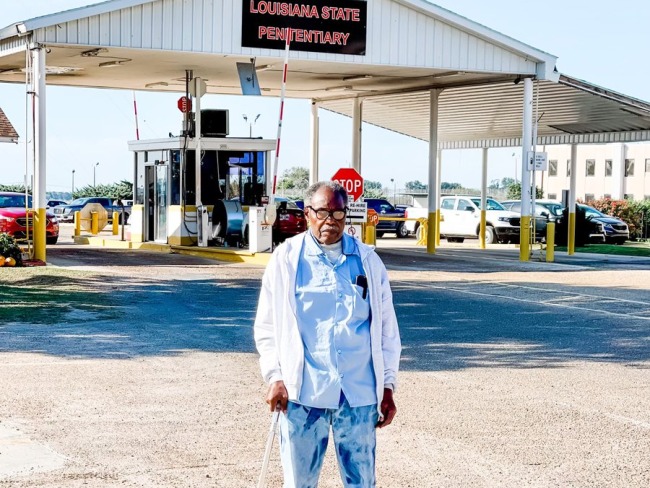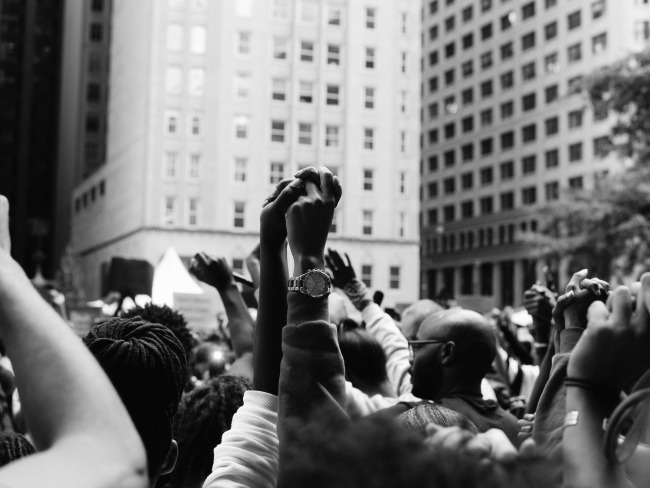Expanding Public Safety in the Era of Black Lives Matter
The narrative of “Black Lives Matter” offers a new framework for policymakers, activists, practitioners, and other stakeholders to think about a public safety strategy that is not solely defined by arrests and admissions to prison.
Related to: Racial Justice
This essay in the University of Miami Law Review provides an overview of evidence-based approaches for public safety interventions that exist outside of law enforcement interactions.
Overview
Traditional public safety responses to crime involve interactions with the criminal justice system. However, recent killings by police of unarmed black men, women, and children have led to a national dialogue on the fundamental strategy of public safety. The narrative of “Black Lives Matter” offers a new framework for policymakers, activists, practitioners, and other stakeholders to think about a public safety strategy that is not solely defined by arrests and admissions to prison. This essay in the University of Miami Law Review provides an overview of evidence-based approaches for public safety interventions that exist outside of law enforcement interactions.
Criminal justice reform may substantially scale back the nation’s reliance on mass imprisonment. In recent years, the pace of change has been fairly modest, although it has been reinforced by a shift in consciousness. Today, there is a growing coalition of interests, from Michelle Alexander to Newt Gingrich, working to challenge the rate of incarceration in the United States and promoting strategies and practices that expand the framework of public safety beyond arrest and prison.
A salient part of the national dialogue addresses racial disparities present from the point of arrest to post-incarceration experiences for persons sentenced to prison or jail. Justice-involved individuals experience cumulative disadvantage through each criminal justice interaction, often resulting in racial disparity for African Americans and Latinos, who comprise fifty-six percent of the incarcerated population, yet only thirty percent of the United States population. Some factors that exacerbate racial disparity happen outside the criminal justice system and include structural inequality that is central to conditions for high rates of violent crime in some communities of color.
Conversations, animated by recent police killings of unarmed black men, women, and children, have led to a national dialogue on the fundamental strategy of public safety. Current approaches rely on reinforcing the law enforcement apparatus from the point of arrest to sentencing to supervised release for individuals in the criminal justice system.
Yet, the narrative of “Black Lives Matter” offers a new framework for policymakers, activists, practitioners, and other stakeholders to think about a public safety strategy not solely defined by arrests and admissions to prison. Evidence-based research strengthens awareness that public safety interventions can exist outside of law enforcement interactions.




